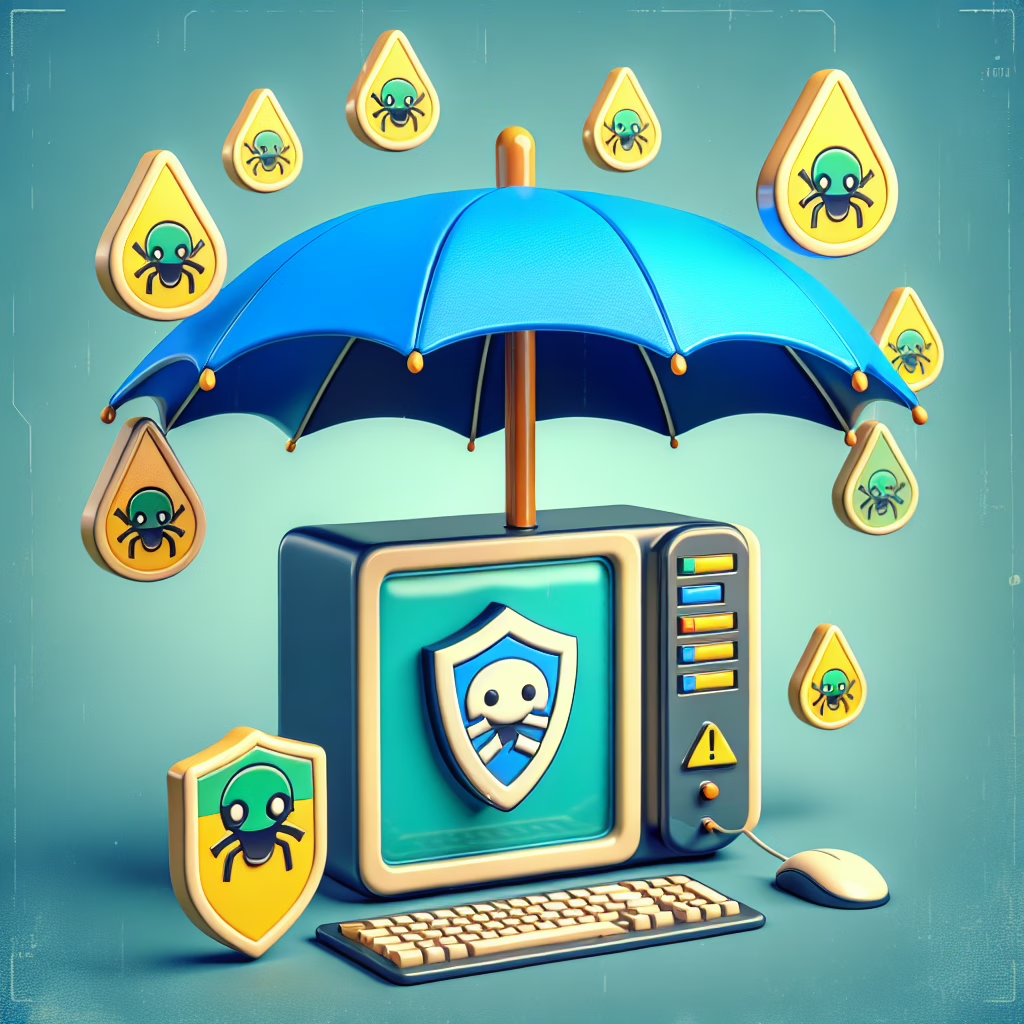In the ever-evolving world of cybersecurity, staying a step ahead is like playing a game of chess against an opponent who keeps changing the rules. Recently, the ESET security scanner found itself in the spotlight for not-so-glamorous reasons. A vulnerability was discovered that allowed mischievous malware known as TCESB to sneak in, causing quite a stir in the digital realm. But fear not! We’re here to unravel this mystery with a sprinkle of humor and a dash of insight.
What’s Cooking with ESET Security Scanner?
The ESET security scanner, beloved by many for its robust features, faced a bit of a hiccup when security experts uncovered a vulnerability. Imagine your trusty umbrella suddenly developing holes right before a downpour! This vulnerability could potentially allow cybercriminals to deploy TCESB malware through seemingly innocent channels.
But what exactly is TCESB malware? Think of it as that unwanted guest at a party who shows up uninvited and proceeds to steal your snacks and make a mess. In technical terms, TCESB is a type of malicious software designed to exploit security weaknesses and execute harmful actions on infected systems. And we all know how much we dislike uninvited guests!
The Technical Tango: How Vulnerabilities Dance with Malware
When vulnerabilities in software arise, it’s like opening the door for troublemakers. Cybersecurity professionals have long warned about the importance of patching vulnerabilities promptly. If software remains unpatched, it’s like leaving cookies out for Santa—except in this case, it’s not jolly old St. Nick but rather crafty hackers looking to get their hands on sensitive data.
The ESET team has been working diligently to address this vulnerability, reminding us that even the most fortified castles can have weak spots. The lesson here? Always keep your defenses updated—like regularly checking your smoke alarms or remembering to feed your pet fish!
What Can You Do About It?
In light of this revelation, you might be wondering how to protect yourself from the lurking shadows of TCESB malware. Here are some practical tips:
- Update Your Software: This is akin to giving your home an annual inspection. Regular updates patch vulnerabilities and keep you safe from intruders.
- Use Multi-Factor Authentication: Think of this as adding extra locks to your front door. Even if someone gets in, they still need the secret handshake!
- Educate Yourself: Knowledge is power! Understanding how malware operates can help you recognize potential threats before they knock on your digital door.
By following these steps, you can fortify your defenses against TCESB malware and its mischievous counterparts.
The Role of ESET Security Scanner
The ESET security scanner isn’t just sitting idly by while this unfolds; it actively scans for threats and helps users maintain their cybersecurity health. It’s like having a personal trainer for your computer, ensuring it stays fit and free from malicious intrusions.
Despite the recent vulnerability scare, ESET remains committed to providing top-notch security solutions. Their proactive approach includes regular updates and patches—like an ever-vigilant watchdog ready to bark at any suspicious activity.
A Silver Lining Amidst Vulnerabilities
While vulnerabilities can be alarming, they also present opportunities for growth and improvement in cybersecurity practices. Each time a flaw is identified and fixed, it strengthens the overall defense mechanisms across various platforms. So yes, there’s always a silver lining—even if it might be hidden under layers of code!
In conclusion, as we navigate through 2025’s technological landscape, remember that vigilance is key. The rise of TCESB malware serves as a reminder that cybersecurity requires constant attention and adaptation. So let’s keep our digital doors locked tight and our software updated—because no one wants those unwelcome guests crashing their online parties!
What are your thoughts on the ESET security scanner situation? Have you encountered any similar vulnerabilities? Share your experiences in the comments below!
A special thanks to TechRadar for shedding light on this important topic! For more details, check out their original article here.

